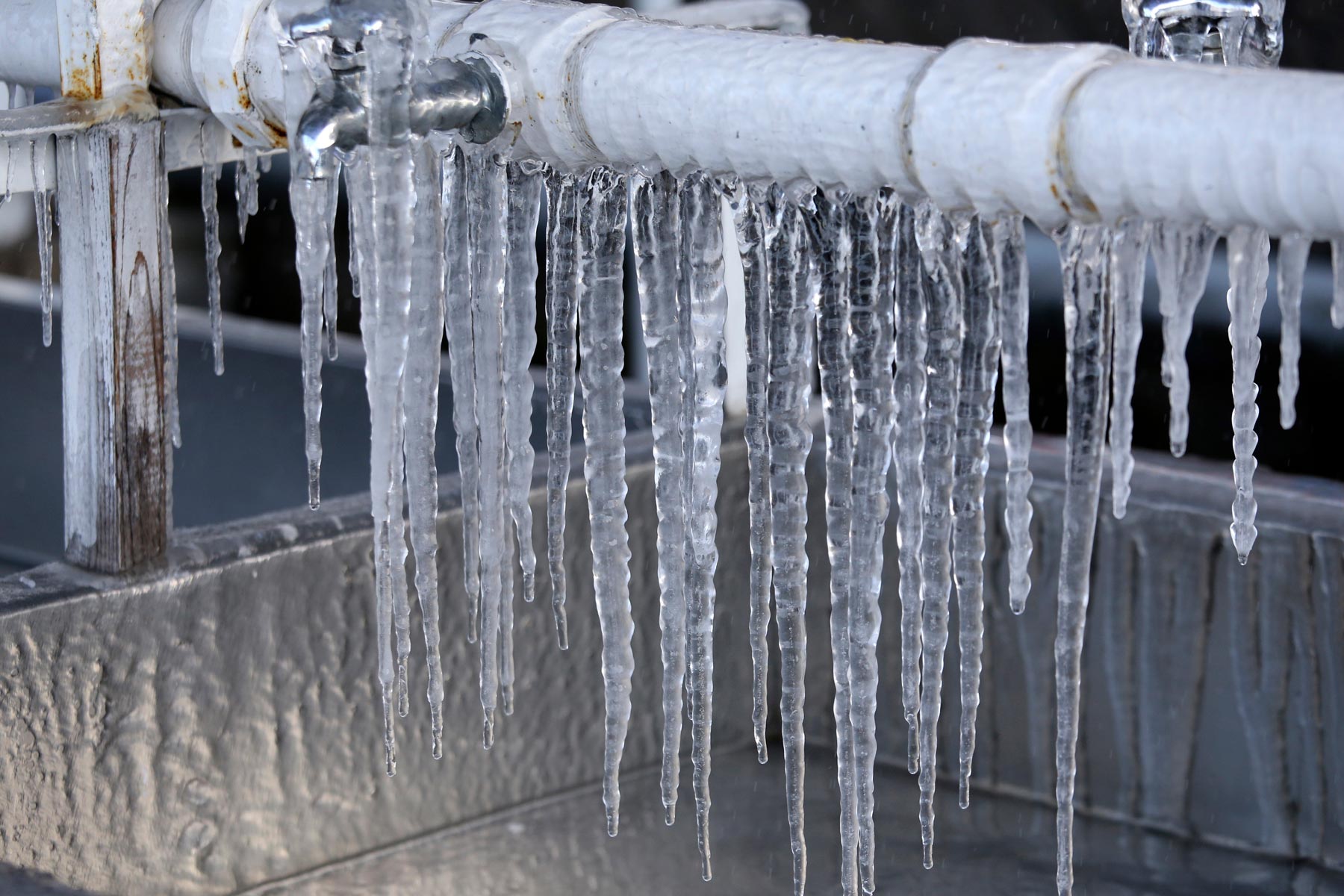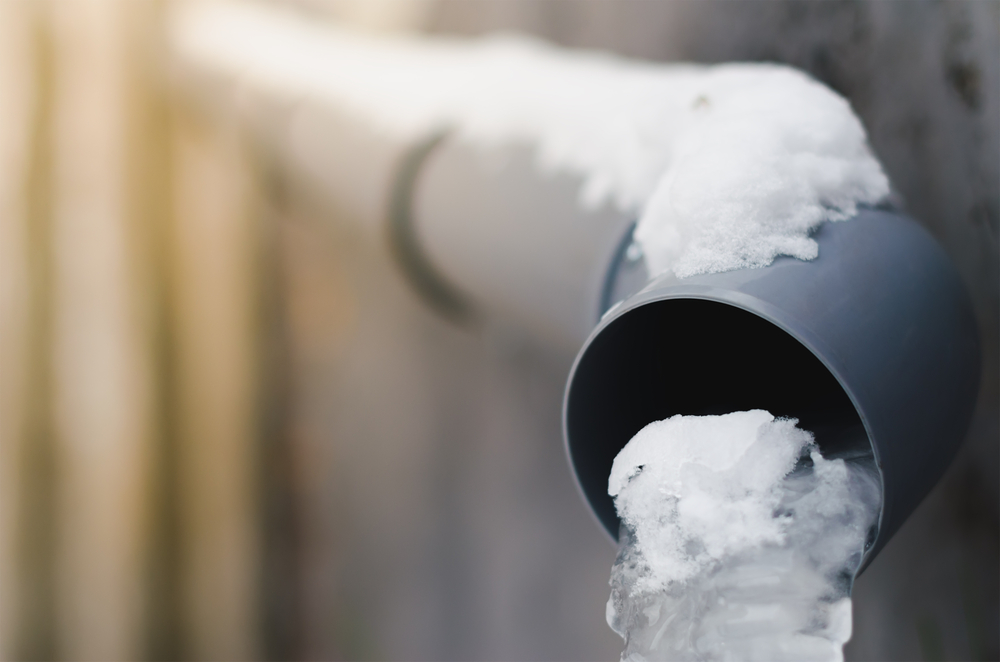Crucial Advice for Avoiding Frozen Pipes in Cold Weather Seasons
Crucial Advice for Avoiding Frozen Pipes in Cold Weather Seasons
Blog Article
The author is making several great pointers about Prevent Frozen Pipes as a whole in this content following next.

Cold weather can ruin your pipes, specifically by freezing pipes. Here's just how to prevent it from taking place and what to do if it does.
Intro
As temperature levels decrease, the threat of frozen pipes boosts, possibly resulting in expensive repair work and water damage. Comprehending exactly how to stop frozen pipes is critical for homeowners in cold environments.
Comprehending Icy Pipelines
What triggers pipes to freeze?
Pipelines freeze when exposed to temperatures below 32 ° F (0 ° C) for extended durations. As water inside the pipelines ices up, it increases, putting pressure on the pipe walls and possibly causing them to break.
Threats and problems
Frozen pipes can result in water disturbances, property damage, and pricey repair services. Ruptured pipelines can flooding homes and cause comprehensive architectural damage.
Indicators of Frozen Water Lines
Identifying frozen pipes early can avoid them from bursting.
How to identify frozen pipes
Try to find lowered water flow from faucets, uncommon odors or noises from pipelines, and visible frost on revealed pipelines.
Avoidance Tips
Insulating prone pipelines
Wrap pipelines in insulation sleeves or use warm tape to shield them from freezing temperatures. Focus on pipelines in unheated or outside locations of the home.
Heating methods
Maintain indoor rooms effectively warmed, especially locations with pipes. Open up closet doors to permit cozy air to flow around pipelines under sinks.
Protecting Outdoor Plumbing
Garden hoses and outdoor faucets
Disconnect and drain pipes yard tubes prior to wintertime. Install frost-proof spigots or cover exterior faucets with shielded caps.
What to Do If Your Pipelines Freeze
Immediate actions to take
If you believe frozen pipes, maintain faucets open to soothe pressure as the ice melts. Utilize a hairdryer or towels taken in warm water to thaw pipelines gradually.
Long-Term Solutions
Structural changes
Consider rerouting pipelines away from exterior wall surfaces or unheated locations. Add added insulation to attic rooms, cellars, and crawl spaces.
Upgrading insulation
Buy premium insulation for pipelines, attic rooms, and wall surfaces. Proper insulation aids maintain regular temperatures and lowers the danger of icy pipes.
Verdict
Preventing frozen pipelines requires proactive actions and fast responses. By comprehending the reasons, indicators, and safety nets, homeowners can safeguard their plumbing during cold weather.
6 Proven Ways to Prevent Frozen Pipes and Protect Your Home
Disconnect and Drain Garden Hoses
Before winter arrives, start by disconnecting your garden hoses and draining any remaining water. Close the shut-off valves that supply outdoor hose bibs and leave the outdoor faucet open to allow any residual water to drain. For extra protection, consider using faucet covers throughout the colder months. It’s also important to drain water from any sprinkler supply lines following the manufacturer’s directions.
Insulate Exposed Pipes
Insulating your pipes is an effective way to prevent freezing. Pipe insulation is readily available at home improvement stores and is relatively inexpensive. Pay close attention to pipes in unheated areas such as the attic, basement, crawl spaces, or garage. Apply foam insulation generously to create a buffer against the cold. You can also wrap your pipes in heat tape or thermostat-controlled heat cables for added warmth.
Seal Air Leaks
Inspect your home for any cracks or openings that could let in cold air. Seal any holes around the piping in interior or exterior walls, as well as the sill plates where your home rests on its foundation. Additionally, make sure to keep your garage door closed unless you’re entering or exiting. Leaving it open creates a significant air leak that can lead to frozen pipes.
Allow Warm Air Circulation
During cold snaps, it’s essential to allow warm air to circulate evenly throughout your home. Leave interior doors ajar to promote better airflow. Open kitchen and bathroom cabinets to help distribute heat consistently around the rooms. If you have small children or pets, be sure to remove any household chemicals or potentially harmful cleaners from open cabinets for safety.
Let Faucets Drip
A small trickle of water can make a big difference in preventing ice formation inside your pipes. When temperatures drop significantly, start a drip of water from all faucets served by exposed pipes. This continuous flow helps prevent the water from freezing. Additionally, running a few faucets slightly can relieve pressure inside the pipes, reducing the chances of a rupture if the water inside does freeze.
https://choateshvac.com/6-proven-ways-to-prevent-frozen-pipes-and-protect-your-home/

I was made aware of that editorial on How To Avoid Freezing Pipes from a friend on our other web address. So long as you liked our blog entry if you please make sure you remember to share it. We treasure reading our article about Helpful Tips to Prevent Frozen Pipes this Winter.
Browse Our Site Report this page